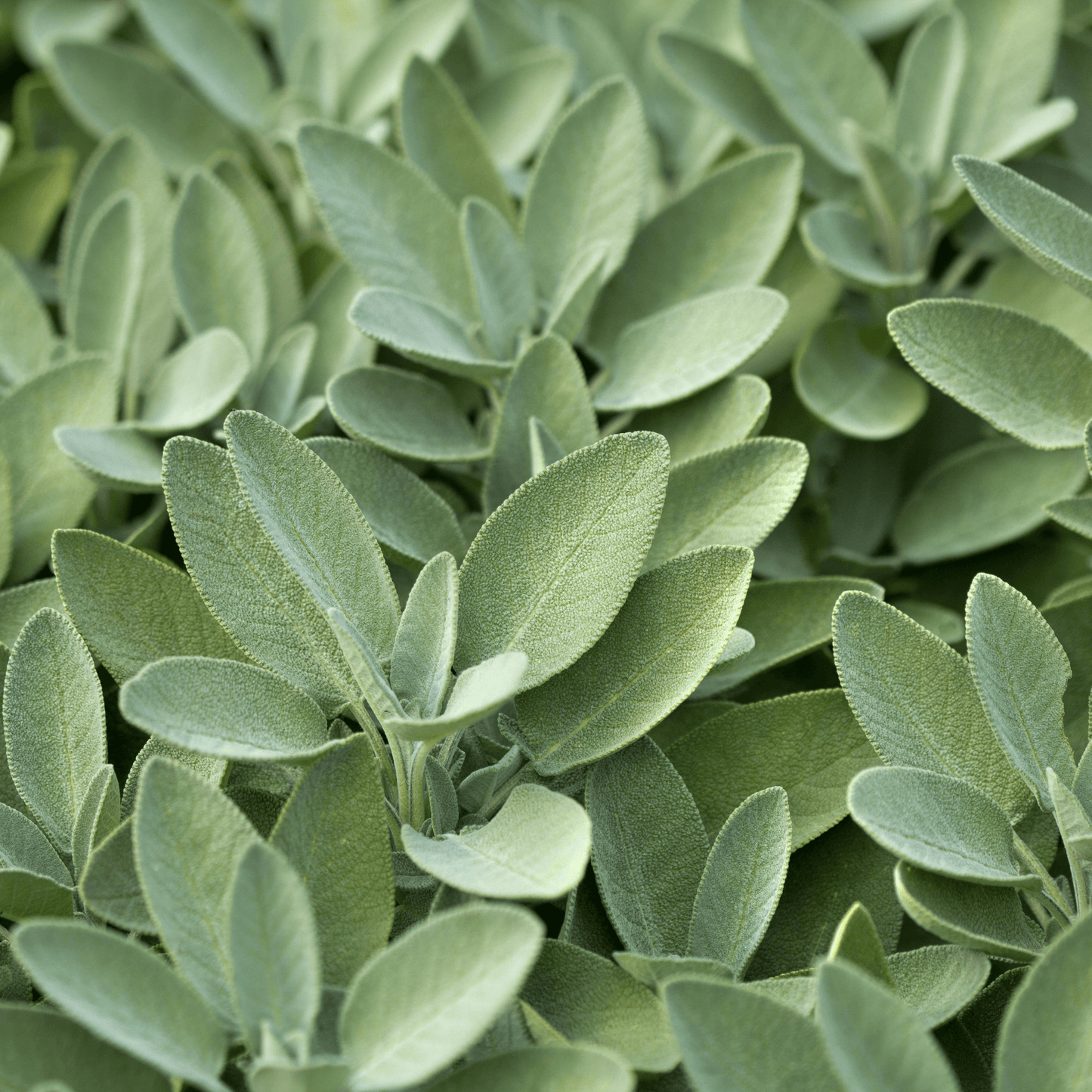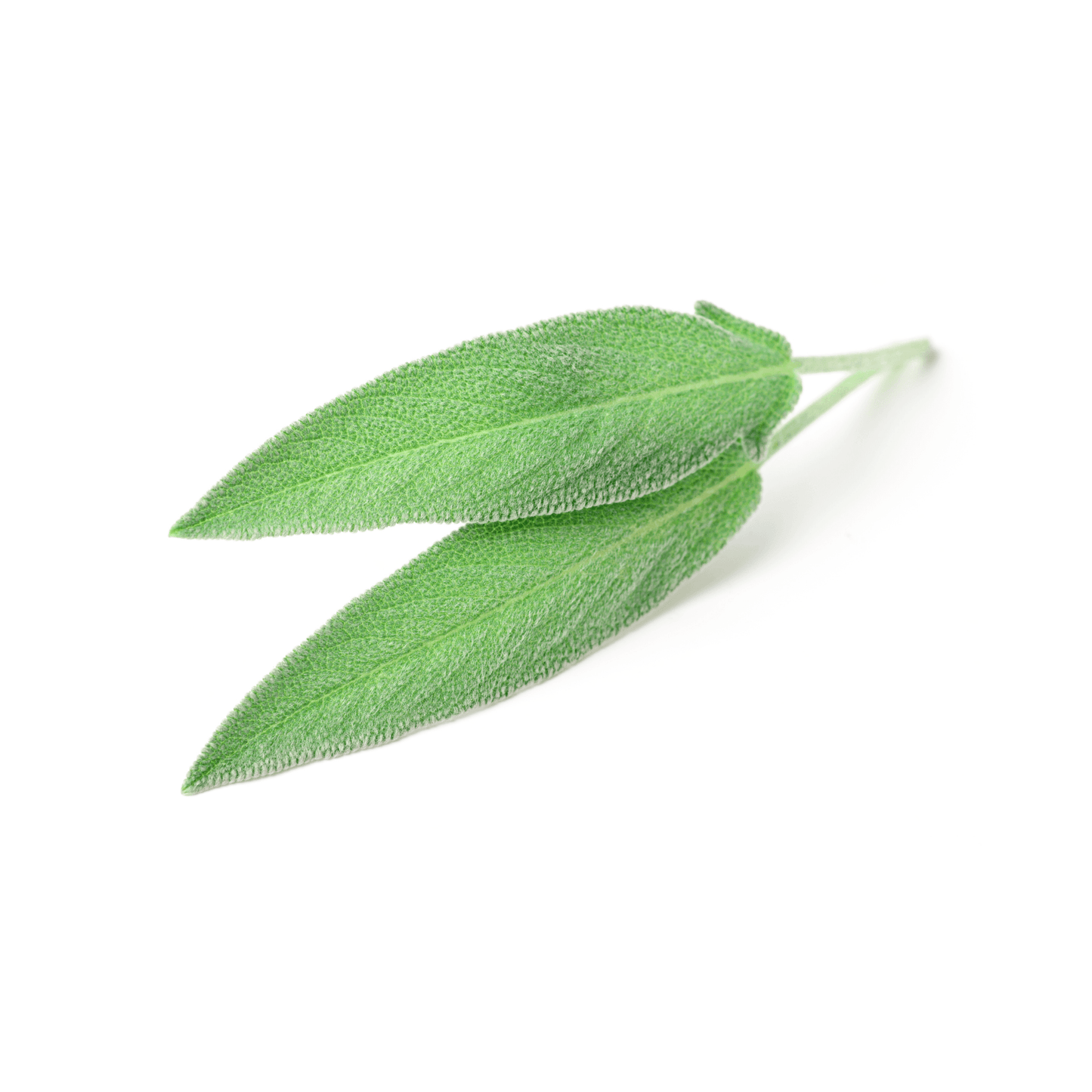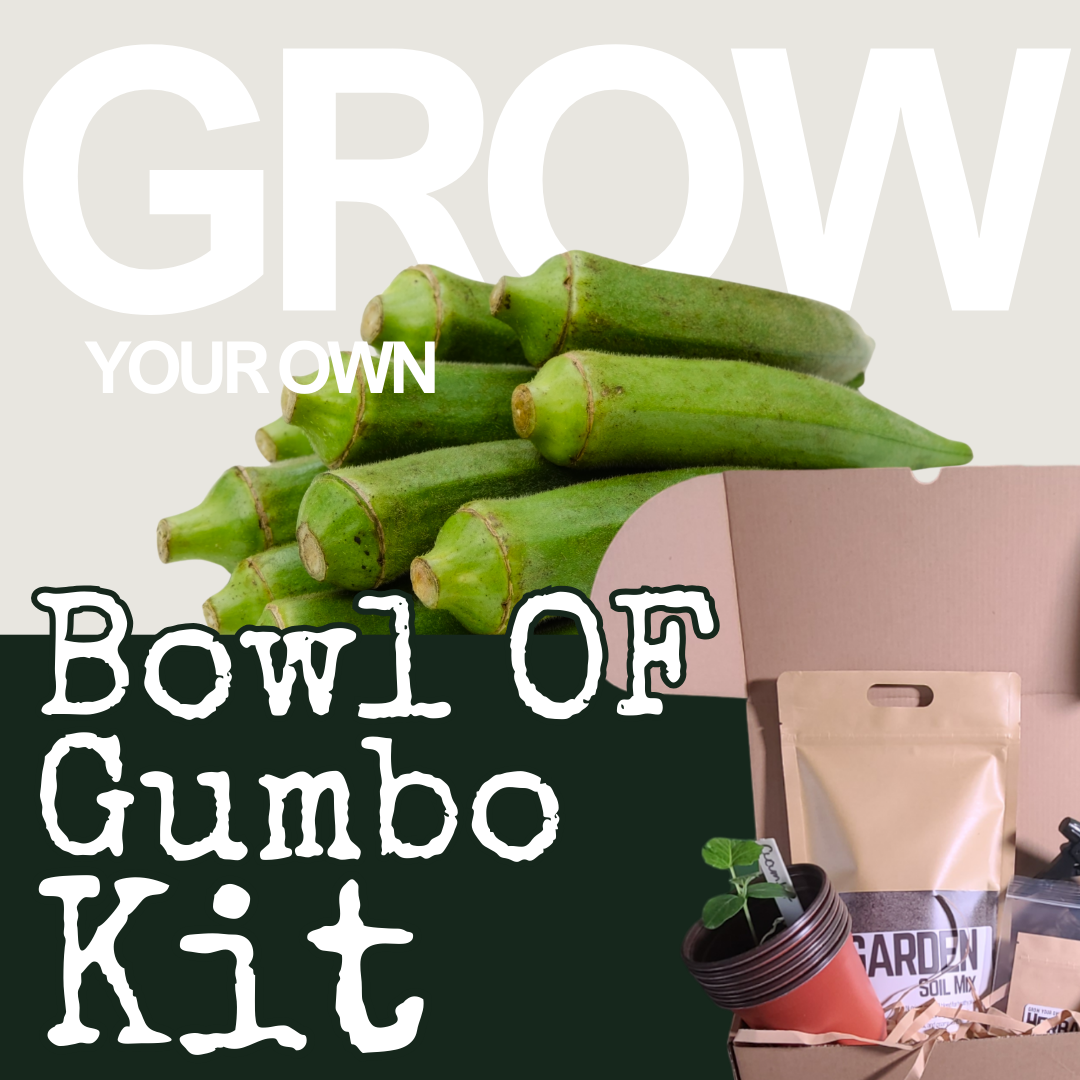Sage Seeds
Sage Seeds
- NON-GMO
- Container Friendly
Couldn't load pickup availability


Growing Sage Seeds
-
Germination Rate
10 to 21 days
-
Sun
Partial Sun (4+ hours per day)
-
Plant Type
-
Plant Size
12 to 30 inches
-
Water Needs
Keep soil evenly moist
-
Seed Depth
1/4 inch light cover
-
Container Size
Small Pot (4–8 inch)
-
Expect To Harvest
60-90 days
-
Zones
4-10
-
Plant Spacing
12 to 18 inches apart
-
Companion Plants
Broccoli, carrots and rosemary
-
Common Problems
Root rot and Wilt due to poor circulation
-
Pest
Spider mites, slugs,
-
Culinary Uses
Fresh or dried for culinary purposes.
-
Growing Season
Spring and Early Fall
-
Start Planting Indoors
6 to 8 weeks before the last frost
-
Start Planting Outdoors
1 to 2 weeks before the last frost
Growing Instructions
Starting your seeds
You can start sage seeds indoors using a heat mat to encourage germination. Once the seedlings sprout and grow a few sets of leaves, move them outdoors. Keep the soil moist but not overly wet, and provide 6–8 hours of sunlight daily. When direct sowing sage seeds, plant them about 1/4 inch deep with a light cover of soil in well-drained soil. Space them 12–18 inches apart to allow for proper airflow and healthy growth.
Harvesting your seeds
To harvest sage cut individual leaves or sprigs from the plant using scissors or pruning shears. For best flavor, harvest sage in the morning when the essential oils are most concentrated. Avoid removing more than one-third of the plant at a time to ensure continued growth.
Grow your own Gumbo Kit
Share
















